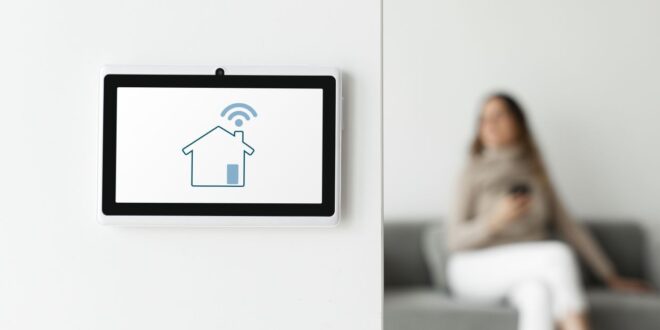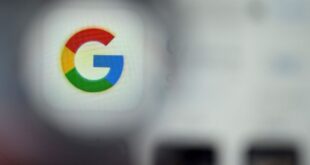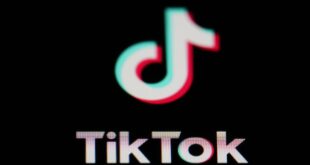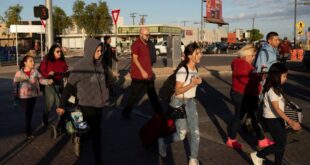If you’re planning to go somewhere for a holiday and you’re staying in an Airbnb, the pesky possibility of a camera or two inside or around the property might have crossed your mind.
Of course, some properties will let potential guests know about external cameras monitoring the property in the online profile, but some rental-property cameras might be less obvious.
Security experts know what to look for and are here to help vacationers locate them.
“Most people have a somewhat exaggerated sense of what a bug or video device is. They think it’s like the movies, where it’s extremely small and hidden behind something. That takes a lot of sophistication, a lot of technology and a lot of resources,” Joe LaSorsa, founder and president of LaSorsa and Associates, a security consultancy firm that specialises in corporate counterespionage, told The Washington Post.
“The overwhelming majority of stuff out there is going to be commercially available devices. People are going to buy them off Amazon, eBay, Alibaba.”
As a way to prove his theory, LaSorsa, a Marine Corps veteran, recently conducted a mock search for The Washington Post at a private home in the Raleigh area, and had a suitcase of sophisticated equipment in tow.
When it comes to privacy laws, homeowners and managers who rent through Airbnb and other platforms rely on cameras when they’re not around. In those cases, its mostly to safeguarding their property.
But when it comes to discreet indoor cameras, it leans more towards exploiting the occupants.
“Most people are utilising cameras to make sure there are no parties or people stealing things or unauthorised guests or pets,” LaSorsa told the publication.
Even guests who act responsibly, however, may not like the idea of being watched.
Where covert recordings are concerned, each state and the Distict of Columbia have rules as to what’s allowed. Hidden cameras in rooms expected for privacy, such as bedrooms, bathrooms, and changing rooms, are generally unlawful.
And major rental and homestay platforms have created universal policies that apply to all properties, no matter the location or local codes.
Back in March, Airbnb announced it banned the use of indoor security cameras. The platform previously allowed cameras in the hallways, living rooms and other common areas as long as the host disclosed the cameras.
Vrbo and Trusted Housesitters have similar policies, while the short-term rental companies continue to allow cameras and smart tech for security purposes only, and require the host to disclose the presence and location of the devices online or in the welcome materials.
“Given the response from Airbnb and similar platforms in recently changing their policies, there must have been concerns in the frequency of people being surveilled or in incidents involving surveillance activities,” Cobun Zweifel-Keegan, managing director of the D.C. office of the International Association of Privacy Professionals, told The Washington Post.
To ease your anxiety when it comes to undisclosed cameras, LaSorsa recommends spending no more than 30 minutes inspecting the rental property for devices.
“You can find 99% of devices with knowledge and awareness. A cellphone can go a long way,” he said.
First, look for plugged-in household items, such as a USB charger, a smoke detector or a power strip, which all rely on a “parasitic” power source, much like an outlet, and WiFi to activate the camera hidden inside.
“Furniture and decorative items are much less of a concern because they would be battery operated,” he said, “and most battery-operated devices only last a matter of hours.”
Next, look for weird WiFi connections. LaSorsa suggested checking devices that accesses the Internet by using a free app such as AirPort Utility. The app manages and displays WiFi networks.
To demonstrate, LaSorsa stood by the carbon monoxide detector and scanned the list of connections on his phone. The homeowner’s Netgear network came up, but several other networks that contained a gaggle of letters and numbers, such as “G419637LGWMW”, showed up.
“Why would a carbon monoxide detector have WiFi?” he questioned. “There again is a telltale sign that it’s more than what it appears to be.”
After he identified a couple dubious objects, LaSorsa unplugged the items and turned them over as he looked for a mysterious QR code. Its purpose, he said, is to connect the WiFi to apps.
To further prove his suspicions, LaSorsa grabbed his cellphone’s flashlight, and waved the light over the face of the alarm clock. He soon noticed a glimmer inside a tiny hole to the left of the time display.
“As I move the light around, it’s glistening at me,” he told the publication. “And when I hold the light right in front of it, you can see a lens right there.”
He verified the presence of the lens with a radio frequency finder with a lens detector. Watch a video of his demonstration here.
If you happen to discover a hidden camera, security experts suggest unplugging the device or covering the lens with a towel. But whatever you do, don’t remove the camera, as the owner could accuse you of damaging their personal property.
Then report the violation to the rental platform, if it’s minor, or to the local authorities if you discovered a camera in a sensitive area of the house, much like a bedroom or a bathroom.
If you feel uncomfortable, consider moving to a different property. – pennlive.com/Tribune News Service
 BeritaKini.biz Berita Viral Terkini di Malaysia
BeritaKini.biz Berita Viral Terkini di Malaysia





